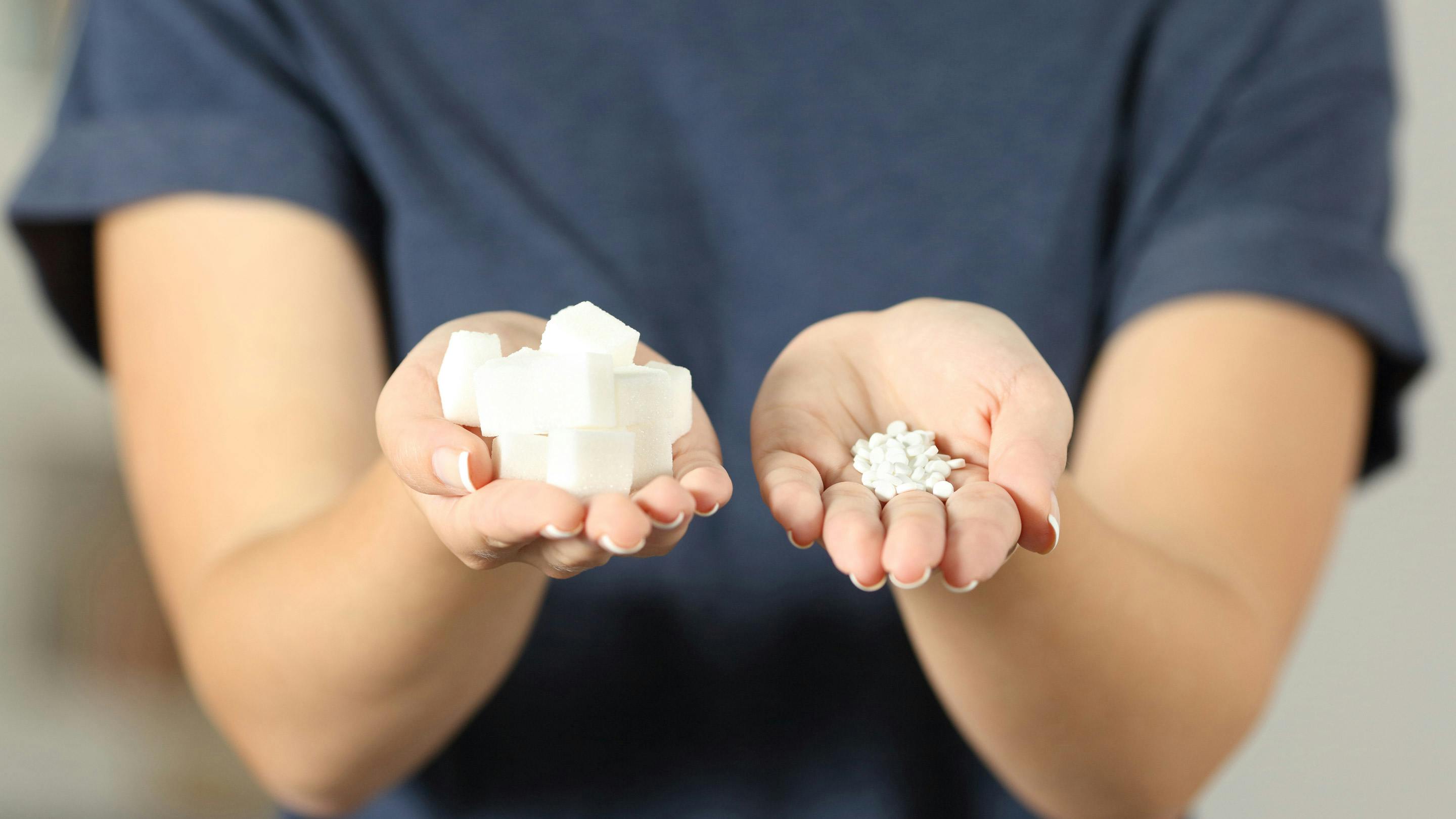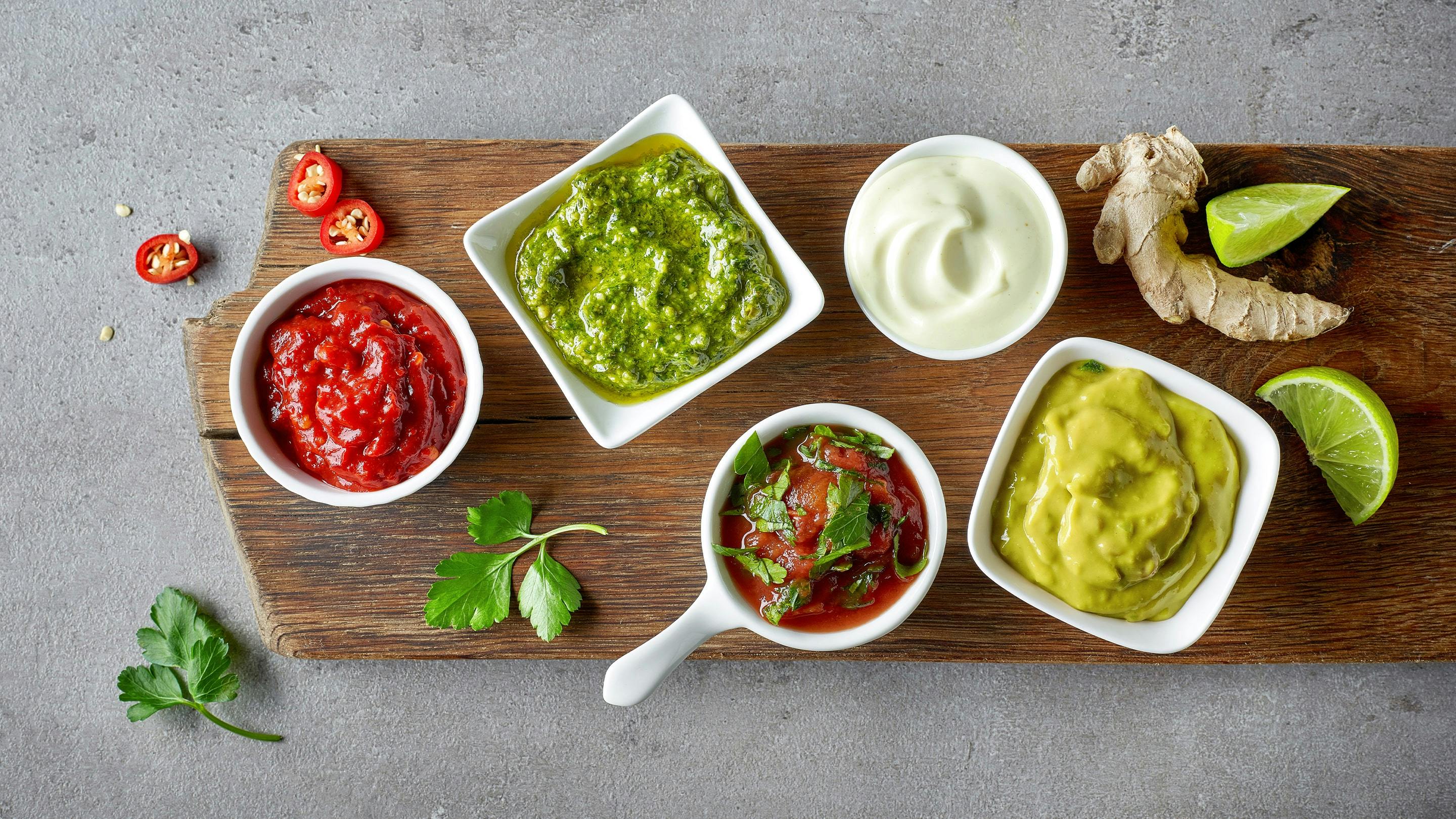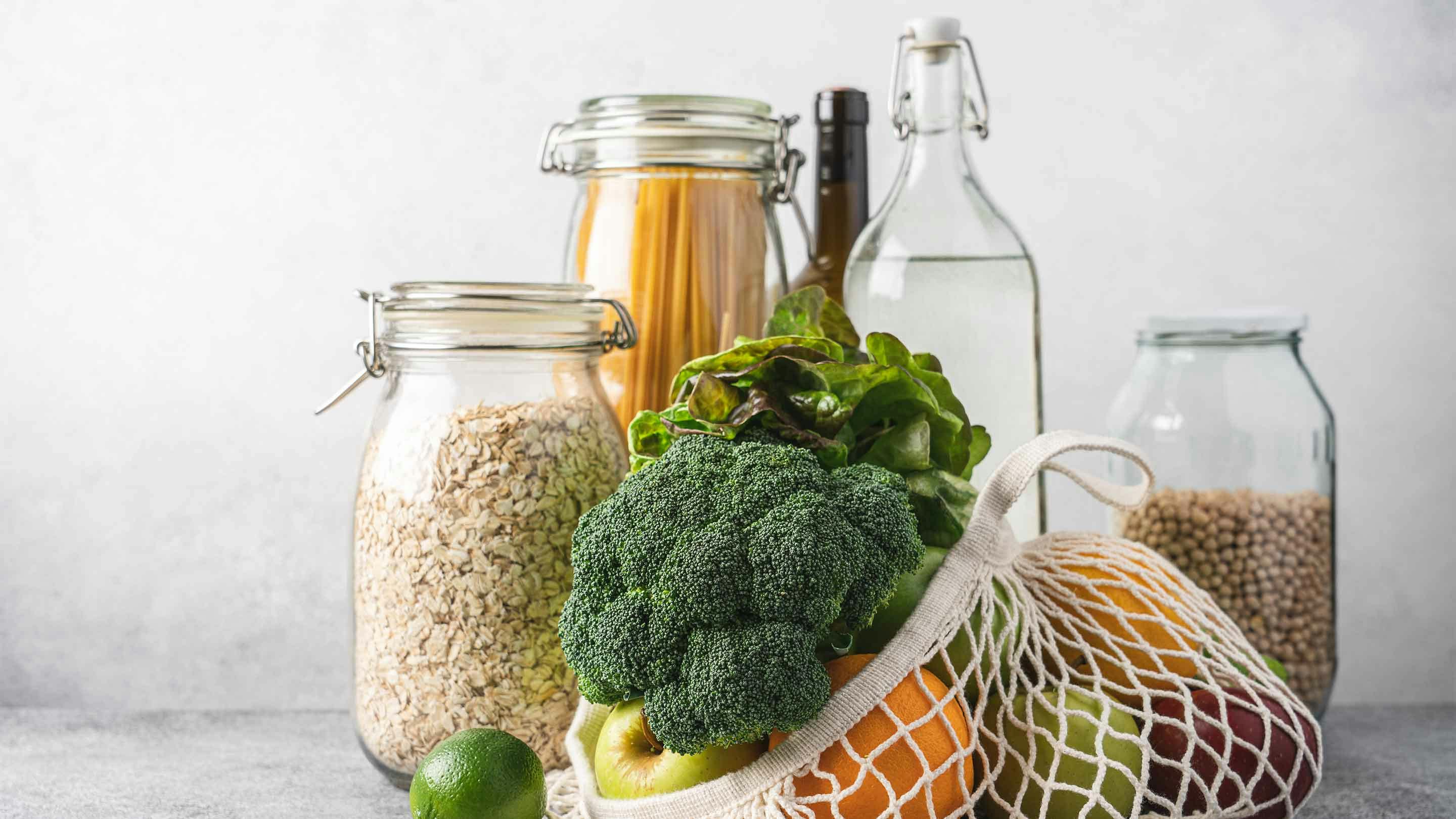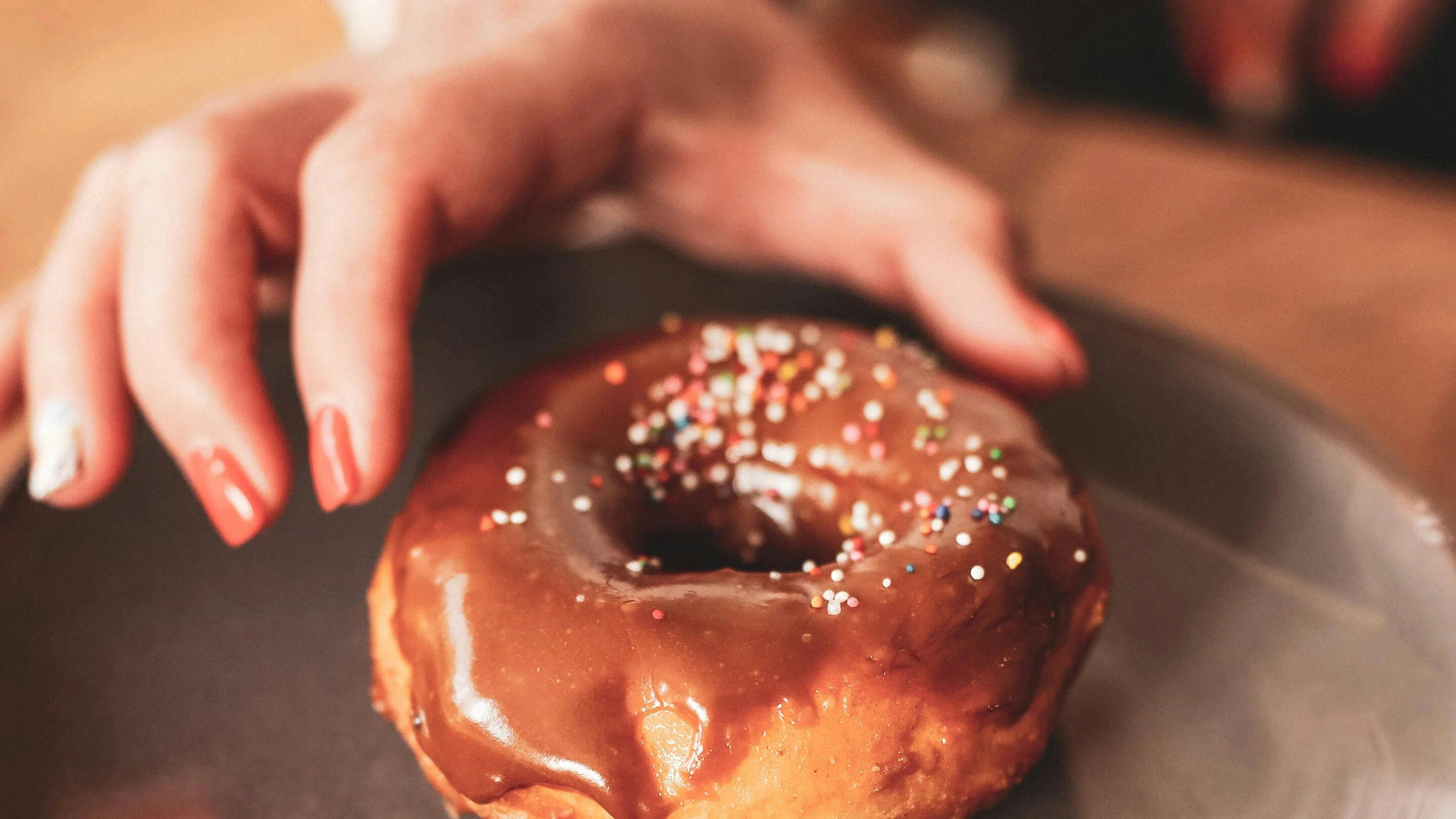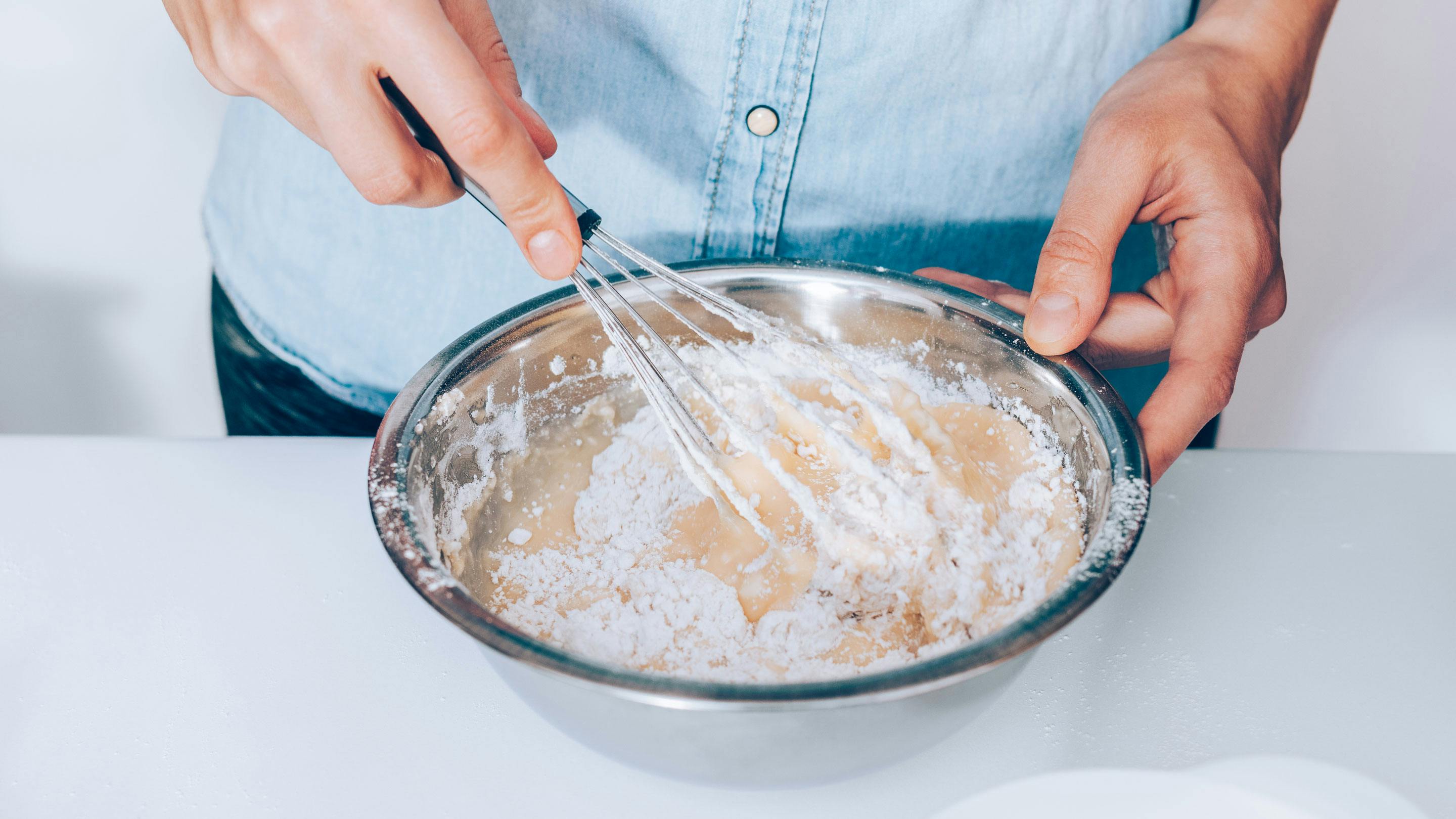Synthetic sweeteners have now become an integral part of numerous foods and drinks. Not only do they offer a taste-wise alternative to table sugar, but they also represent a sweet alternative for certain consumer groups, such as diabetics.
The blood sugar increase often mentioned in our last post is indeed lower after consuming food and drinks with synthetic sweeteners. However, do these sugar substitutes actually only offer advantages? Or should we perhaps reconsider our sugar consumption in general, following the motto ‘less is more’?
What is the "ADI" value?
First of all, it should be mentioned that sweeteners have an Acceptable Daily Intake (ADI) value, which is defined by EFSA (European Food Safety Authority) as “the permissible daily intake that can be consumed daily throughout a lifetime without appreciable health risk, based on the estimated amount of a food additive relative to body weight”.

Saccharin
The industrially produced sweetener saccharin provides a sweet alternative to sugar, especially in foods specifically designed for diabetics. It is also used in so-called “light” beverages and low-calorie foods. By the way, saccharin is the oldest among synthetic sweeteners, discovered in 1878, and it has a much higher sweetness intensity than sugar. Its ADI value is 5 mg/kg body weight.
Birch sugar
Birch sugar, also known by the appealing name “xylitol,” is a natural sugar alcohol and is used as a food additive. Xylitol occurs naturally in vegetables such as cauliflower, as well as in berries, plums, and the bark of birch and beech trees. Birch sugar has a taste similar to household sugar, with a comparable sweetness but almost 40% fewer calories. An ADI value has not yet been established for xylitol.
Stevia
In addition to some natural sweeteners mentioned in the article “Natural Sugar Alternatives: What They Promise and What They Can Do,” Stevia is also gaining popularity. Stevia is derived from the plant Stevia rebaudiana, native to South America, and has been approved in the EU since 2011. The additive, labelled as E960 on food packaging, has a sweetness level about 300 times higher than household sugar, is non-cariogenic, and provides fewer calories at the same time.
Accordingly, Stevia is suitable not only for health-conscious individuals but also for diabetics. However, caution should be exercised to avoid excessive consumption, as the mentioned “ADI” value is 4 mg/kg body weight and should not be exceeded. Additionally, due to its intense flavour, Stevia should be used in moderation.
Aspartame
Aspartame is a synthetically produced sweetener that provides the same amount of calories as sucrose, namely 4 kilocalories per gram. However, due to its much higher sweetness intensity, only a fraction of the amount needs to be compared to household sugar when cooking and baking. Its ADI value is 40 mg/kg body weight.
Labelled as E951, aspartame is frequently used as a “healthy” alternative to sugar, often providing a less bitter aftertaste compared to, for example, saccharin. Furthermore, foods containing aspartame must be specially labelled for individuals with PKU (phenylketonuria) because aspartame contains the amino acid phenylalanine, among other components.

Conclusion on promsing sugar alternatives
So, it’s not just advantages that low-energy alternatives to sugar can boast. For those who enjoy sweetness but still want to watch their teeth and waistline, it’s advisable to opt for a reduced amount of sugar instead of sweeteners. Choosing the natural sweetness of fruits and flavourful spices like cinnamon, vanilla, or cardamom can be a healthier and more balanced approach.
Recipes with vanilla & co
Currently Viewing: 1 of 0
Spice up the web! Share this article on...
Read more
Currently Viewing: 1 of

